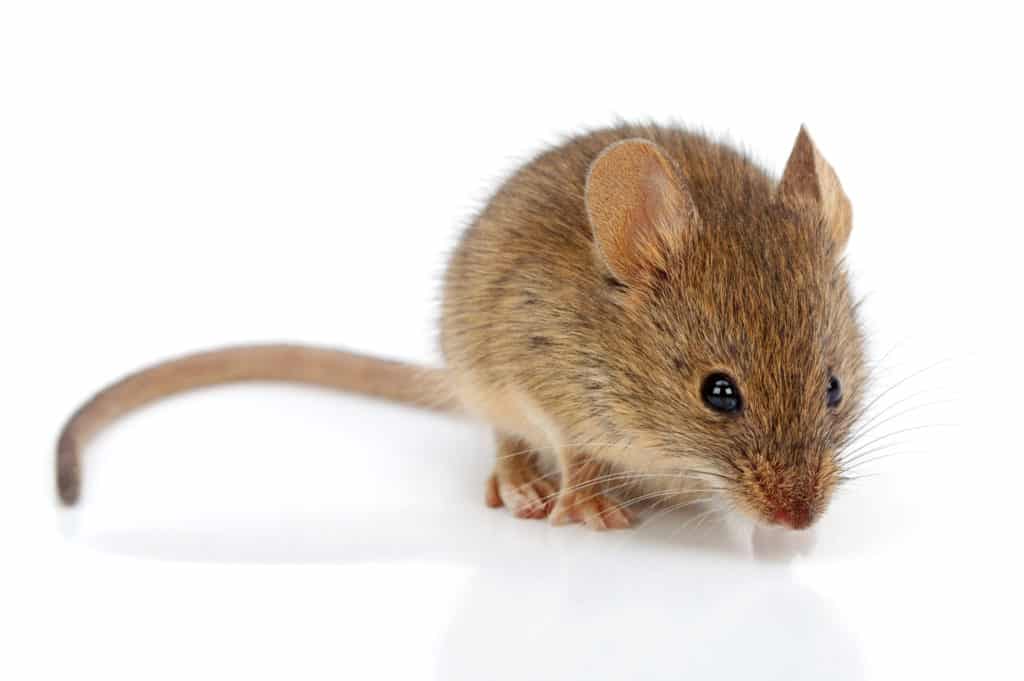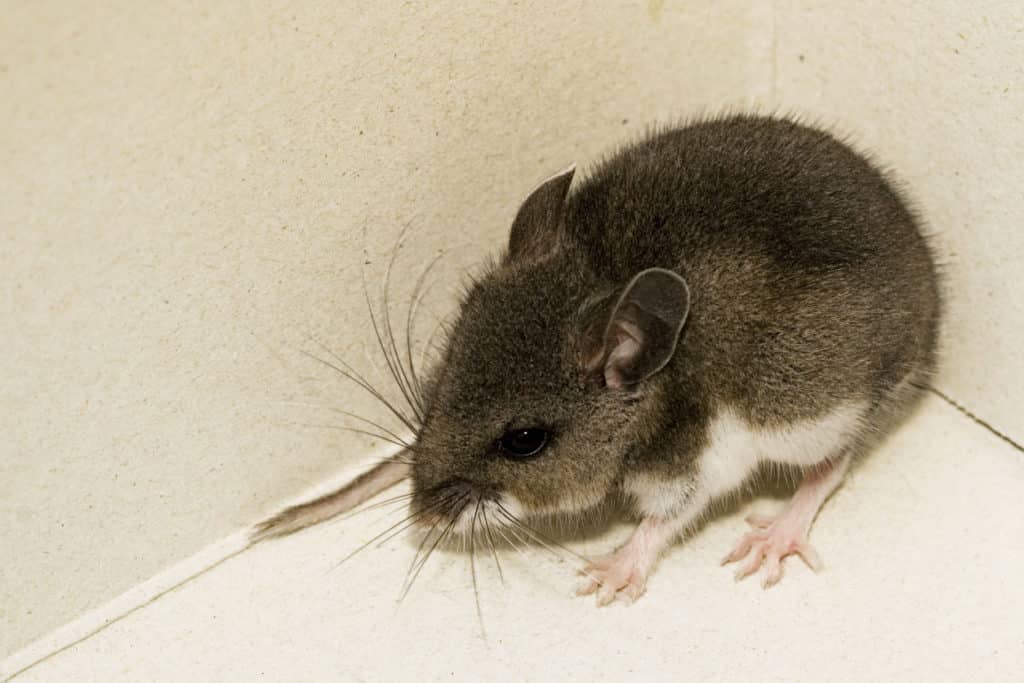Author: Kurt Treftz, Cascade Pest Control
What’s the Difference Between Deer Mice and House Mice?
There are many similarities between the house mouse and the deer mouse… and there is often confusion associated with identifying the deer mouse and the house mouse. So, what are differences? To start, they do not come from the same family of mice, so rodent control specialists need to know the specific protocol to control and/or abate these two different rodent species.
House Mouse

The house mouse has a rather pointy nose and their eyes are black or pink in color. They come in a range of colors from grey (common), black, tan (common), brown and even white. House mice have small, rounded ears and their tail is long and mostly hairless. An adult house mouse is 5” from the tip of its nose to the end of its tail.
Deer Mouse

The deer mouse is typically a bit larger than a house mouse and is tawny brown or gray. The deer mouse is most often associated with the name field mouse. Importantly, deer mice have a white underbelly and this white color extends to its underbelly, the underside of its tail, and often their legs. The tail of a deer mouse is short and has fine hairs.
House Mice, Deer Mouse and Ectoparasites
Ectoparasites are parasites that live on the external surfaces of their hosts, such as fleas, ticks, and lice. Both deer mice and house mice can carry ticks, fleas, lice and more. But it is the deer mouse whose habit lends them most to picking up and carrying various ectoparasites.
House Mouse and Deer Mouse Diseases
While the house mouse can carry some diseases it is the deer mouse that carries hantavirus, which can be fatal to humans. All mice “dribble” their urine, and when present, hantavirus can be found in the dust left from the urine and feces of deer mice. It is important to take care when cleaning up nests and droppings of deer mice. Wearing a respirator is advised.
Physical Abilities of Deer Mice and House Mice
Both types of mice can squeeze through tiny gaps. And they can both jump and climb amazingly well. However, the deer mouse has the greatest ability to climb, therefore, are extremely invasive and pervasive.
Rodent Exclusion for Mice
Rodent exclusion or mouse proofing is where holes and gaps are sealed to prevent easy entry from rats, mice, squirrels, etc. Rodents or mice can still nibble and gnaw their way through in many cases, however, blocking them usually diverts them to other places to nest.
Both deer mice and house mice have flexible skeletons and can squeeze through small gaps and holes. For the DIY, it is very difficult to find possible crevices or tiny openings in a home—from the ground to the roof—to fully exclude them. Rodent control specialists are trained and skilled to mouse proof your home or business.
While both the house mouse and the deer mouse are found in and around the Greater Seattle/Puget Sound Region, house mice will most likely be found in urban areas and are far less common. It is the deer mouse that is indigenous to the area and are abundant. Homes in suburban areas, especially those near forested areas, ravines and marshlands are more at risk for deer mice infestation. Deer mice are extremely abundant in the Greater Seattle/Puget Sound Region in rural and wilderness areas. They are even a nuisance at times for campers.
Do you need rodent control or rodent exclusion? The Cascade rodent control experts are highly trained, knowledgeable, and skilled at mouse identification and abatement. Call 888-989-8979 for a quote!
